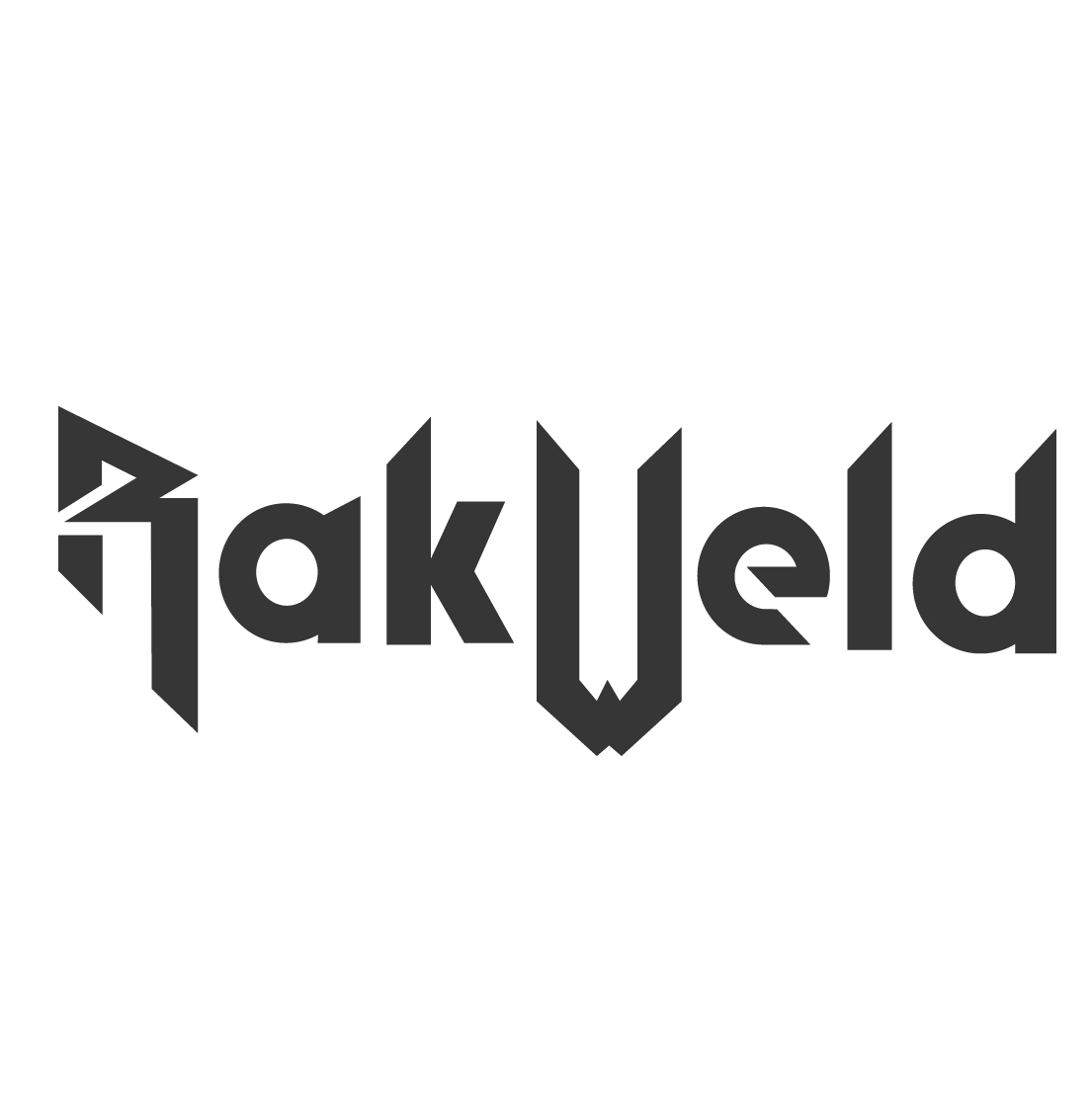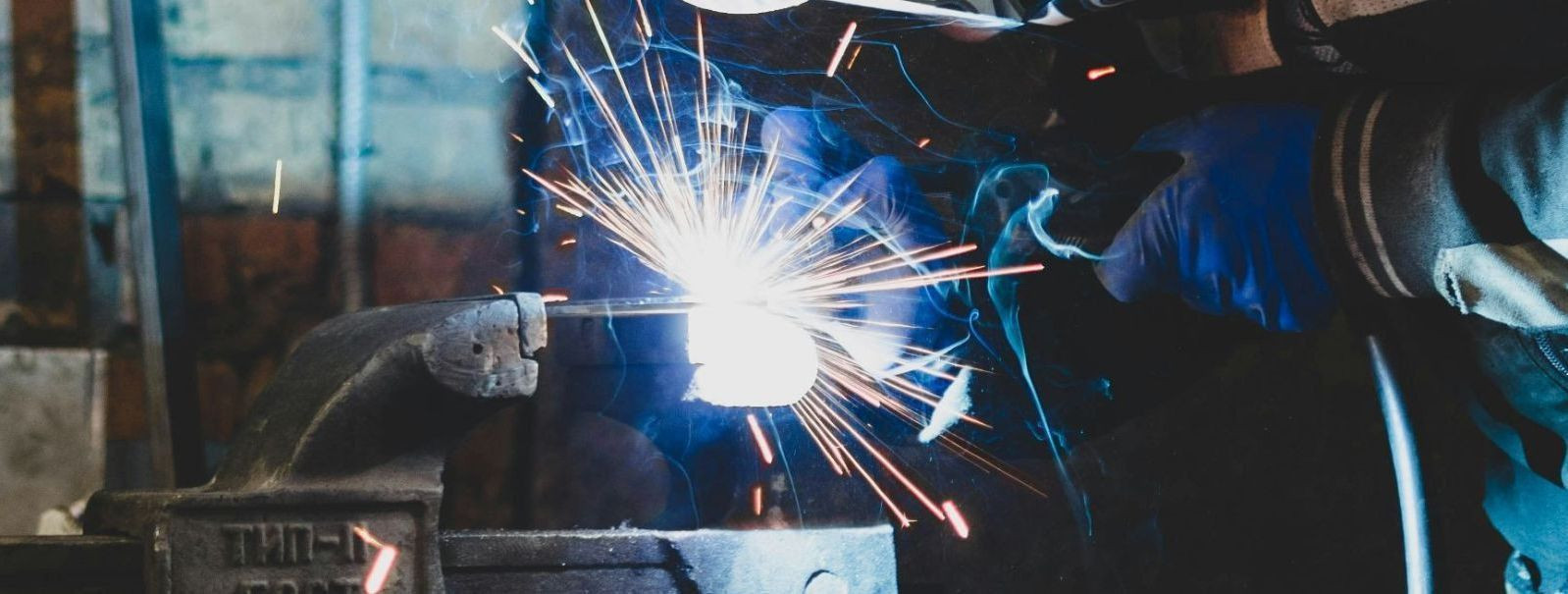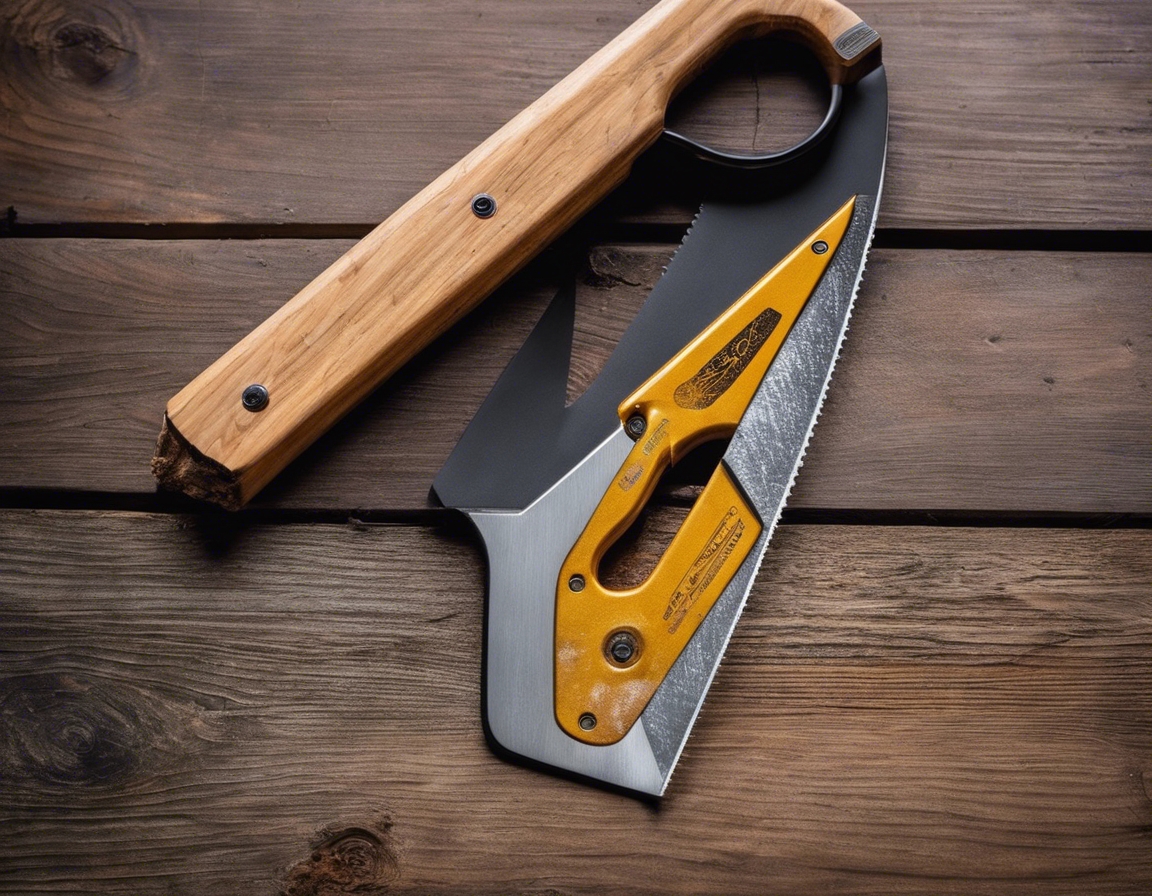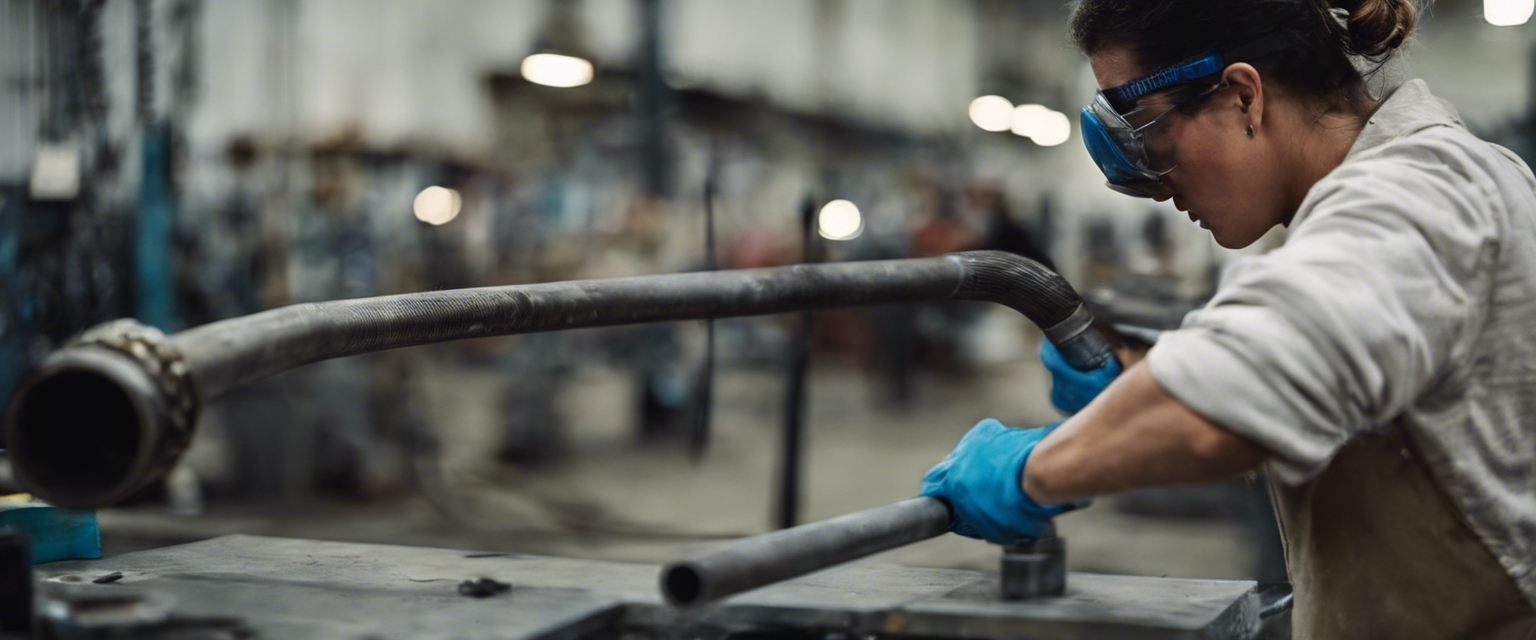Welding wonders: how quality seams shape projects
Welding is the backbone of modern construction and manufacturing. It is a critical process that joins materials, typically metals or thermoplastics, by causing coalescence. This is often done by melting the workpieces and adding a filler material to form a pool of molten material that cools to become a strong joint. The quality of this joint is paramount, as it can determine the integrity and longevity of the entire structure or product.
Quality welding is characterized by seams that are consistent, strong, and free from defects such as cracks, porosity, or inclusions. Achieving such quality requires a combination of skilled craftsmanship, proper materials, and advanced technology. It is not just about making two pieces stick together; it's about creating a bond that is as strong—or stronger—than the base materials themselves.
Materials Matter: The Role of Aluminum and Stainless Steel
Aluminum is a lightweight, corrosion-resistant metal that is ideal for many applications, from aerospace to automotive to construction. Its high thermal conductivity and low melting point make it a bit challenging to weld, but with the right techniques, aluminum welds can be just as robust as those made with other metals.
Stainless steel, known for its corrosion resistance and strength, is a staple in the construction and manufacturing industries. It requires specific welding techniques to maintain its properties, especially at the weld joint. When done correctly, stainless steel welds provide a clean, aesthetic finish along with durability.
Techniques and Technologies: Ensuring Superior Seams
There are various welding techniques used to achieve the desired strength and appearance of a weld. Methods such as TIG (Tungsten Inert Gas) and MIG (Metal Inert Gas) welding are popular for their precision and control, which are essential for high-quality seams in both aluminum and stainless steel fabrications.
The welding industry has seen significant technological advancements in equipment, including automated welding systems and improved power sources. These innovations contribute to more consistent, high-quality welds and increased efficiency in the welding process.
The Art and Science of Welding
Welding is as much an art as it is a science. The geometry and design of a weld are critical to its functionality and aesthetics. Skilled welders must understand how to navigate the unique shapes and angles of each project to create seamless joints.
The best welding outcomes arise from a harmonious blend of craftsmanship and engineering. This combination ensures that welds are not only technically sound but also visually appealing, which is particularly important for bespoke projects and high-visibility structures.
Quality Control: The Backbone of Reliable Welding
Quality control is essential in welding. Various inspection and testing methods, such as non-destructive testing (NDT), are used to verify the integrity of welds. These methods help in detecting any imperfections that could compromise the strength of the weld.
Adherence to industry standards and certifications is a testament to a company's commitment to quality. These standards ensure that welding processes meet rigorous requirements and that the final products are safe, reliable, and up to the task for which they were designed.






Comments (0)